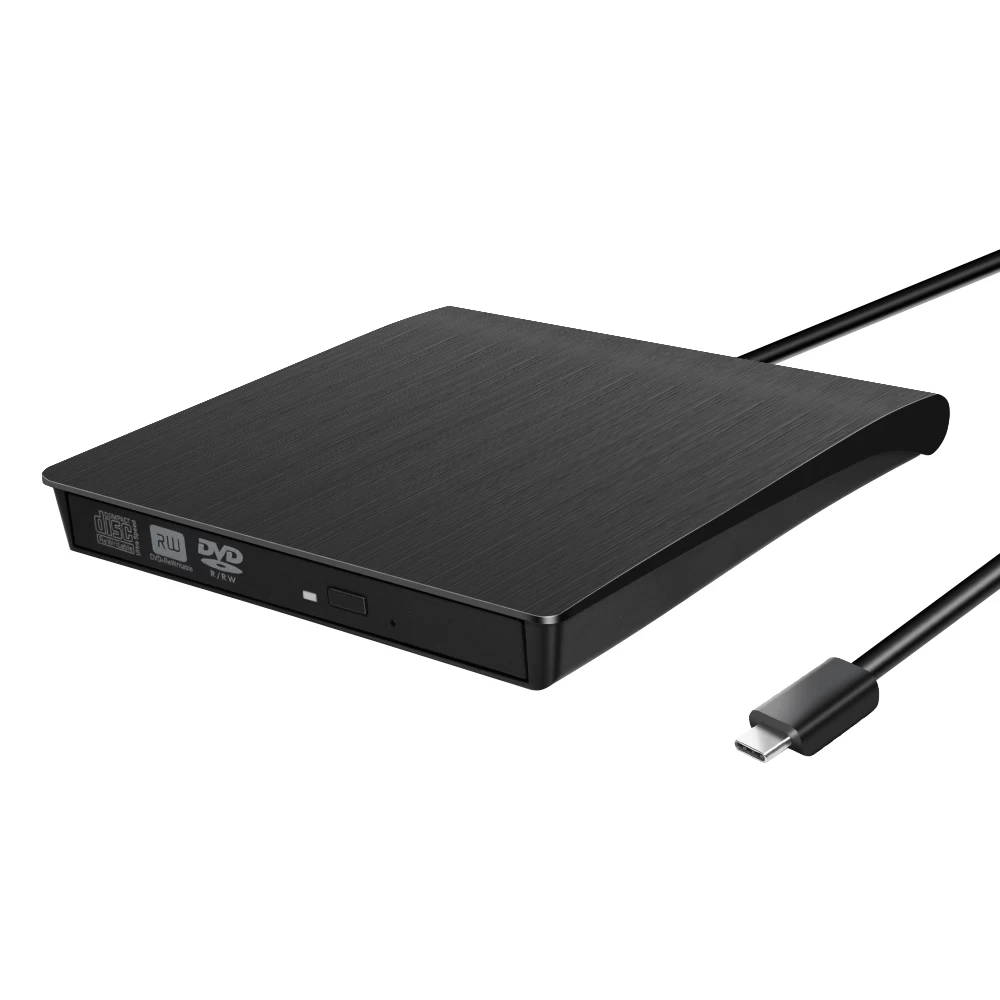USB 3.0
2021-05-18 09:09:31
USB3.0, also known as superspeed USB, provides a standard interface for various devices connected to PC or audio / HF devices. USB 3.0 related functions can only be used after USB 3.0 related hardware devices are installed in the computer! From keyboard to disk drive, all kinds of devices can use this interface for smooth operation of plug and play connection. USB 3.0 maintains the compatibility with USB 2.0, at the same time, it also provides the following enhancements:
1. Greatly improved bandwidth up to 5Gbps full duplex (480mbps half duplex for USB2.0).
2. Achieve better power management.
3. It can make the host provide more power for the device, so as to realize the application of USB for rechargeable batteries, LED lighting and mini fans.
4. The new protocol makes data processing more efficient.
USB3.0 can transfer large capacity files (such as movies) at the storage rate limited by memory devices. For example, a USB 3.0 flash drive can transfer 1GB of data to a host in 15-20 seconds, while USB 2.0 takes 45 seconds or more.
Driven by the increasing demand for ground resolution and storage performance of consumer electronic devices, we hope to realize a wider range of media applications through broadband Internet connection. Therefore, users need faster transmission performance to simplify downloading, storage and sharing of large amounts of multimedia content. USB 3.0 plays a crucial role in providing consumers with the simple connectivity they need.
When used in consumer devices, USB3.0 will solve the problem that USB 2.0 can't recognize the battery free devices. The host can slowly reduce the current through USB 3.0, so as to identify these devices, such as mobile phones with broken batteries and MP3.
1. Greatly improved bandwidth up to 5Gbps full duplex (480mbps half duplex for USB2.0).
2. Achieve better power management.
3. It can make the host provide more power for the device, so as to realize the application of USB for rechargeable batteries, LED lighting and mini fans.
4. The new protocol makes data processing more efficient.
USB3.0 can transfer large capacity files (such as movies) at the storage rate limited by memory devices. For example, a USB 3.0 flash drive can transfer 1GB of data to a host in 15-20 seconds, while USB 2.0 takes 45 seconds or more.
Driven by the increasing demand for ground resolution and storage performance of consumer electronic devices, we hope to realize a wider range of media applications through broadband Internet connection. Therefore, users need faster transmission performance to simplify downloading, storage and sharing of large amounts of multimedia content. USB 3.0 plays a crucial role in providing consumers with the simple connectivity they need.
When used in consumer devices, USB3.0 will solve the problem that USB 2.0 can't recognize the battery free devices. The host can slowly reduce the current through USB 3.0, so as to identify these devices, such as mobile phones with broken batteries and MP3.


















